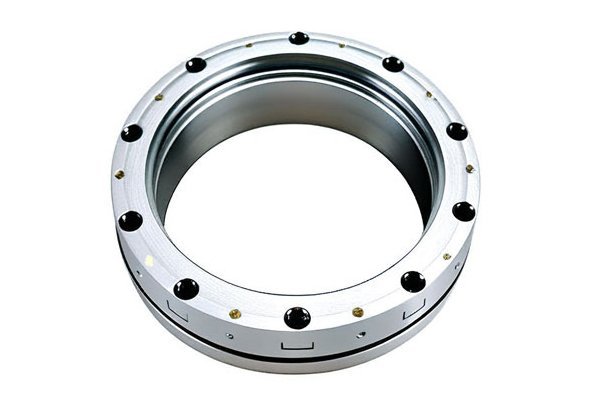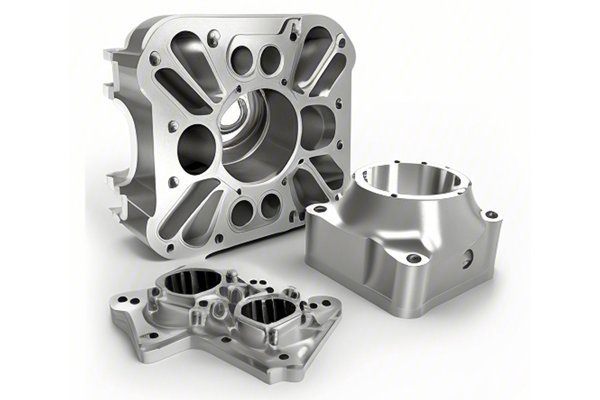Did you know that around 30% of mechanical failures are attributed to material fatigue? This staggering statistic highlights the critical importance of understanding how machining processes influence the durability of materials. In the realm of manufacturing and engineering, analyzing the impact that machining has on material fatigue is paramount. With the right knowledge and strategies, businesses can improve product longevity and reduce failure rates, ultimately leading to higher efficiency and cost savings.
In this comprehensive guide, we will delve deep into the concepts of machining, material fatigue, and durability. We will explore various analytical methods and solutions to discern the effects of machining processes on materials, provide best practices for enhancing durability, and offer insights into evolving technologies that can revolutionize production efficiency. Let’s embark on this journey towards mastering the intricacies of fatigue analysis in machining.
Understanding Material Fatigue

Material fatigue refers to the weakening of a material when subjected to repeated loading and unloading. It is an essential aspect of mechanical design that represents how materials respond over time to stress. Unlike one-time overload failures, fatigue fractures often occur after a significant number of cycles, which can make them more insidious.
The fatigue process consists of several stages:

Understanding these stages is crucial to improve the durability of machined components and ensure that their performance meets required specifications.
Several factors influence material fatigue:
The Role of Machining in Material Fatigue
Machining processes include turning, milling, drilling, and grinding. Each has specific impacts on material fatigue:
Residual stresses are locked-in stresses that remain in a material after machining. Their evaluation is critical for fatigue analysis. Various methods may be used:
To assess the effects of machining on material durability, several testing techniques can be employed:

Strategies for Enhancing Durability in Machined Components
Choosing the right material is the first step toward enhancing durability. Engineers need to consider:
Fine-tuning machining parameters can drastically influence durability. Some best practices include:
Employing surface treatments such as shot peening, hardening, or coating can improve the fatigue resistance of machined components. These processes induce beneficial compressive stresses that counteract tensile stresses experienced during service.
Designing components with fatigue in mind can enhance performance:
Resources and Technologies
Modern manufacturing facilities leverage advanced analytical tools to predict fatigue life based on machining processes. Utilizing software that incorporates finite element analysis (FEA) can help engineers simulate real-world conditions and optimize product designs accordingly.
Innovative monitoring systems can detect early signs of material degradation by tracking load conditions, vibrations, and temperature. Utilizing these systems can significantly enhance preventive maintenance strategies.
Investing in R&D to explore new materials, treatments, and machining technologies can pave the way for more durable components. Collaborating with academic institutions may lead to groundbreaking discoveries in material science.
Understanding the impact of machining on material fatigue is crucial for enhancing the durability of components in diverse manufacturing processes. Through strategic material selection, optimization of machining parameters, application of surface treatments, and innovative design practices, engineers can significantly improve the longevity of machined products.
By investing time and resources into mastering these techniques, manufacturers stand to benefit greatly. Not only will they enhance product quality, but they will also reduce costs associated with failures and maintenance over time.
In a world increasingly reliant on precision and durability, reflecting on the concepts covered in this blog can lead to substantial improvements in production practices and outcomes. Remember, the goal is not just to produce but to produce reliably and efficiently.




